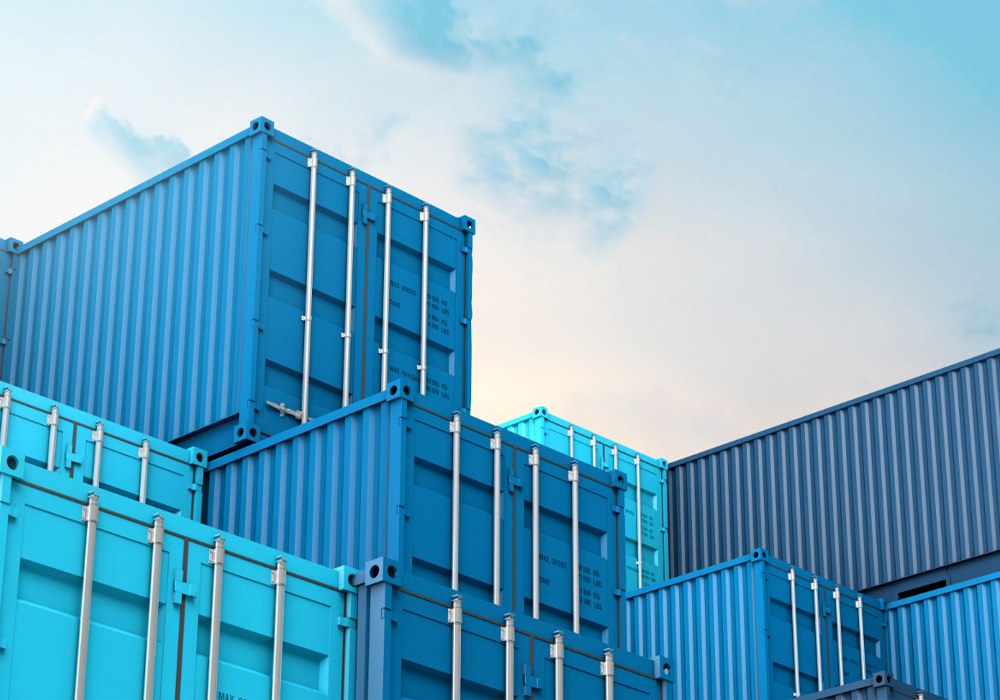Introduction
Customs clearance is one of the most critical and complex stages in the import or export process. This procedure not only requires full knowledge of customs regulations but also involves the preparation and submission of accurate documentation, payment of customs duties and taxes, and coordination with various regulatory agencies.
This article provides a comprehensive, step-by-step overview of the legal process of customs clearance to help businesses avoid delays and unnecessary costs through proper understanding and planning.
The Importance of Customs Clearance in the Supply Chain
The customs clearance process plays a vital role in the international supply chain. Any delay or mistake at this stage may result in:
-
Increased warehousing and demurrage costs
-
Loss of commercial opportunities
-
Customs penalties or legal complications
For importers and exporters, understanding the legal requirements and administrative procedures is essential.
Main Steps of the Customs Clearance Process
-
Filing the Customs Declaration
The first step is submitting the customs declaration through the national customs portal (e.g., EPL system). This includes entering detailed information such as:-
Product name
-
HS Code
-
Value in foreign currency
-
Country of origin
-
Net and gross weight, and other specifications
-
-
Receiving the “Cotaj” Number
Once submitted, a unique number known as “Cotaj” is assigned to the declaration. This acts as the official reference number used throughout the clearance process. -
Customs Inspection and Assessment
A customs officer reviews the documentation and ensures that the goods match the declared information and comply with legal regulations. This may include:-
Comparing the commercial invoice with international price references
-
Verifying quantity, weight, and product specs
-
Checking whether special permits are required
-
-
Obtaining Legal and Regulatory Permits
Depending on the type of goods, permits may be required from relevant authorities such as:-
Food and Drug Administration
-
National Standards Organization
-
Atomic Energy Organization
-
Ministry of Health or Agriculture
-
-
Paying Customs Duties and Taxes
After the assessment, the system calculates duties, VAT, and any other applicable fees. These must be paid through the customs-linked banking gateway. -
Issuance of the Green Permit (Proforma)
Upon successful review and payment, customs issues the “Green Permit,” which is the official authorization for releasing the goods. -
Loading and Final Delivery
The final step involves coordinating with the customs warehouse for loading and arranging transportation. The importer or their representative must also coordinate with the logistics company for pickup and delivery.
Key Tips for Streamlining the Clearance Process
-
Prepare Accurate and Complete Documentation
Any document error or omission may cause delays, fines, or seizure of goods. Key documents include:-
Commercial invoice
-
Bill of lading
-
Packing list
-
Certificate of origin
-
Required permits
-
-
Use Licensed Customs Brokers
Certified customs brokers have experience, system access, and procedural knowledge to expedite the process efficiently. -
Understand Customs Tariff Codes
Proper classification under the correct HS Code prevents overpayment of duties or misclassification penalties. -
Monitor File Status via the EPL System
Importers can log in to their EPL accounts to track declaration status, inspection requests, and other key updates. -
Plan Ahead for Permit Acquisition
Some permits (e.g., health or standard certifications) may take time to obtain. Early application helps avoid clearance delays.
Conclusion
Customs clearance is a vital element of international trade that requires legal awareness, administrative knowledge, and precise execution.
By understanding the legal steps and leveraging expert advisors or experienced brokers, businesses can minimize clearance time and cost while avoiding potential risks.
Companies such as Behfar Trading Supply Company offer specialized customs clearance services, serving as a trusted partner for importers and exporters seeking efficient and compliant international trade operations.
